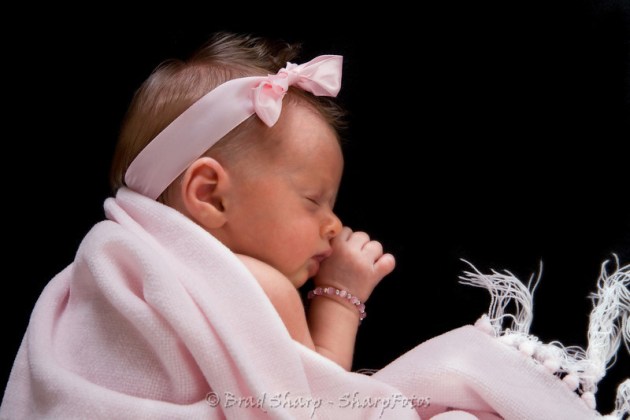Hi all!
So remember when I wanted to kill the Oxford English Dictionary? Well, I promised there would be more where that came from, and now I’m back with Part Two! Be sure to read through the second page and vote in the poll at the end of the article – I want to hear your thoughts!
So today I’d like to address a discussion that can bring up a lot of heated debate. It’s a subject that a lot of people are really passionate about (as evidenced by the comments section of the Lipstick Lesbian article) which is: the meaning of the words “masculine” and “feminine.”
I don’t have a degree in gender theory, and I’m not an expert. There are countless books, articles, and dissertations on the subject that can offer much more information than I ever could, so I’m not claiming to have all the answers. I’m just a person with opinions about the way the words “masculine” and “feminine” are defined in the OED.
So let’s get started!
First, the definitions of “masculine” (excluding those related to grammar):
 No problems there. On to the next one:
No problems there. On to the next one:
 Wait – so something that demonstrates “strength” or “activity” must be masculine? Because those words could never apply to females, right, OED? Okay, I’m off to my bed rest then.
Wait – so something that demonstrates “strength” or “activity” must be masculine? Because those words could never apply to females, right, OED? Okay, I’m off to my bed rest then.
Let’s try definition 5. Maybe it will be nicer:
 Now, there’s a lot going on in this definition, so let’s break it down. First, the definition asserts that characteristics that are described as masculine are those that are “befitting” or “regarded as appropriate to the male sex.” Both of these phrases (“befitting” and “regarded as appropriate”) have their basis in social constructions and what is deemed proper for a man in a particular society; this seems to suggest that the meaning of “masculine” is subject to change in different contexts, based on the opinions and beliefs of a particular social group about what a man is and should be. This would be a rather nuanced definition that I could get behind, but unfortunately the OED didn’t stop there. Instead, they tacked on the words “vigorous” and “powerful,” thereby prescribing what characteristics are “masculine.”
Now, there’s a lot going on in this definition, so let’s break it down. First, the definition asserts that characteristics that are described as masculine are those that are “befitting” or “regarded as appropriate to the male sex.” Both of these phrases (“befitting” and “regarded as appropriate”) have their basis in social constructions and what is deemed proper for a man in a particular society; this seems to suggest that the meaning of “masculine” is subject to change in different contexts, based on the opinions and beliefs of a particular social group about what a man is and should be. This would be a rather nuanced definition that I could get behind, but unfortunately the OED didn’t stop there. Instead, they tacked on the words “vigorous” and “powerful,” thereby prescribing what characteristics are “masculine.”
So, I’m confused, OED. Does “masculine” refer to characteristics that are “regarded as appropriate to the male sex” (and thus malleable and subject to change in accordance with social conceptions of how a man should behave) or does it just mean “vigorous” and “powerful?”
Oh wait, but there’s more! Click here to go to page 2!






I think you already know where I stand on this, but I’ll reiterate. The current definitions of masculinity and femininity are obsolete. Gender roles as were once defined no longer exist. Any kind of formal or scientific definition regarding masculinity or femininity are completely irrelevant to me. It’s obvious that gender is fluid and we make our own roles. Screw the dictionary.
Couldn’t agree more! Screw the dictionary indeed.
Hahaha Simone de Beauvoir had it right … “you know, like, not male.” And to think, this is what I’m supposed to refer to when writing my college papers?